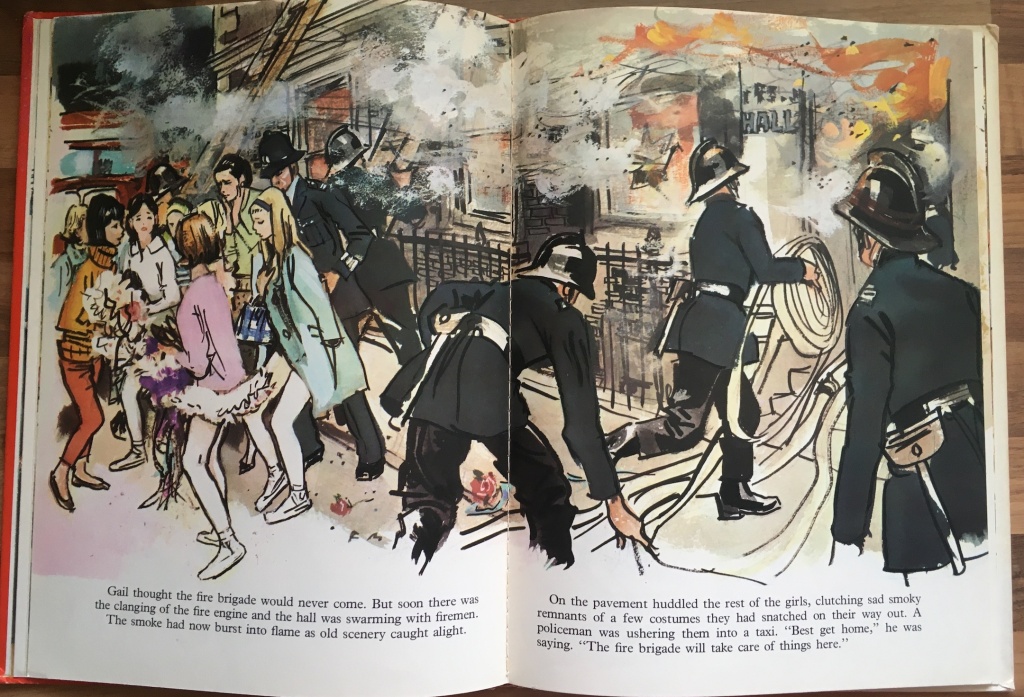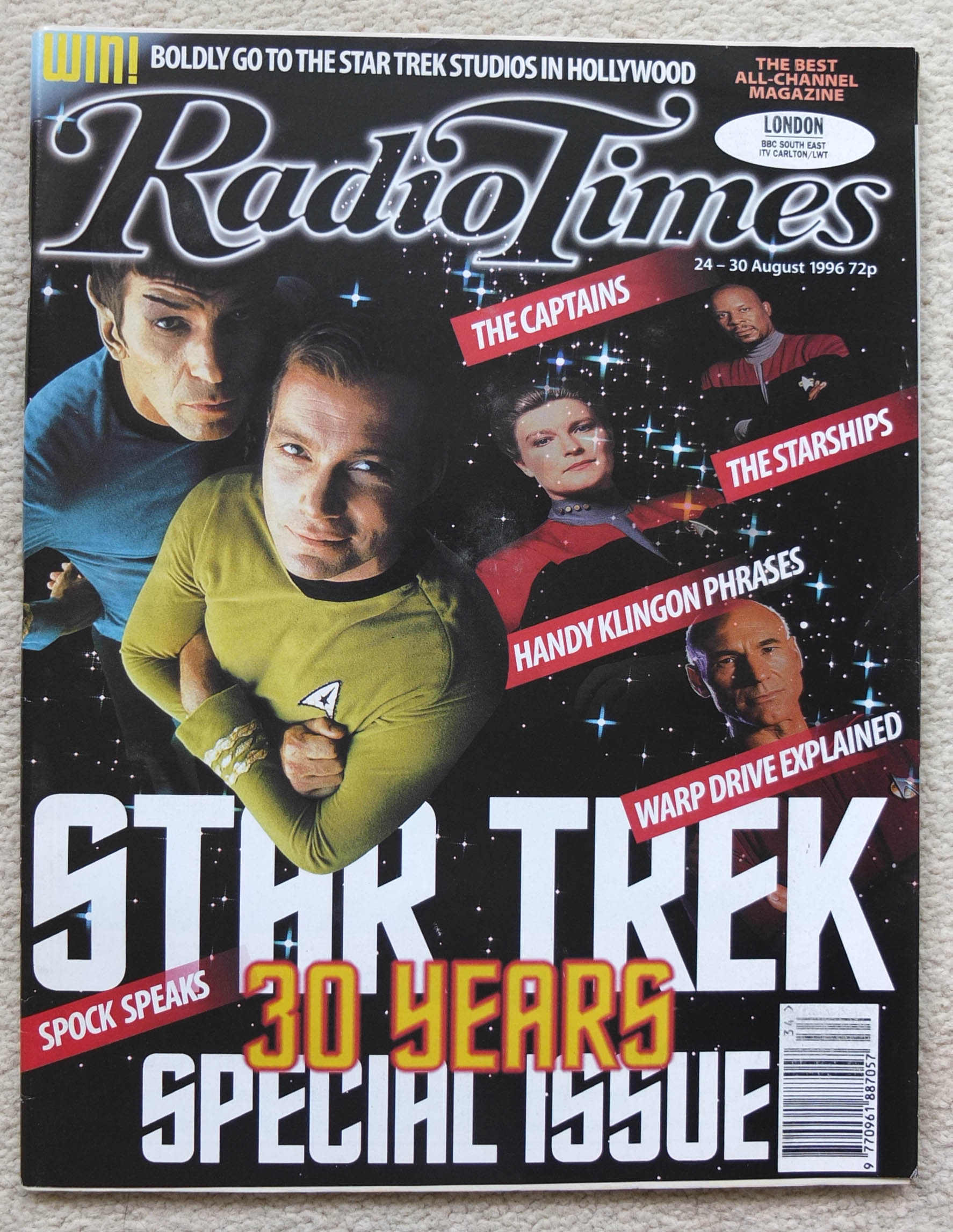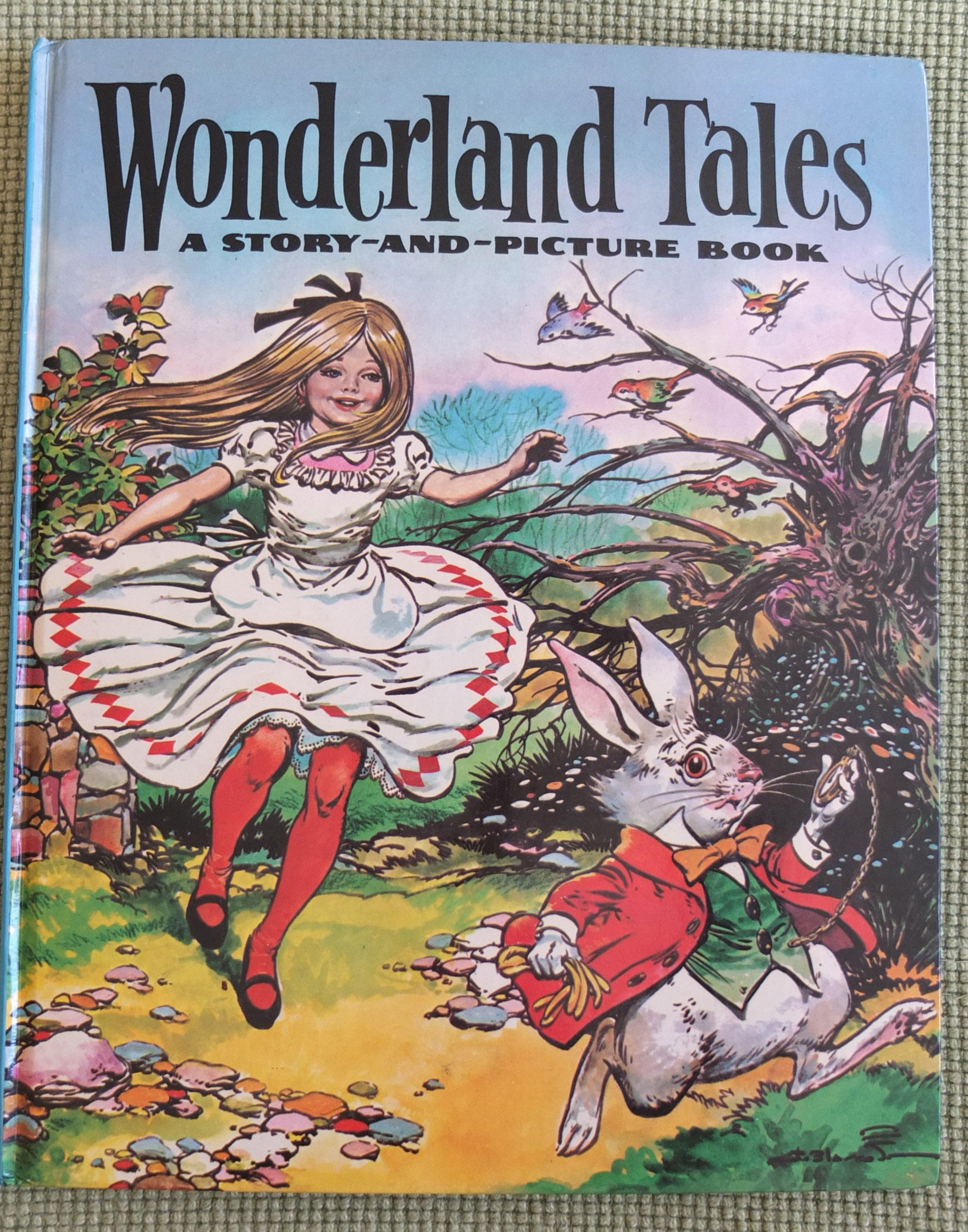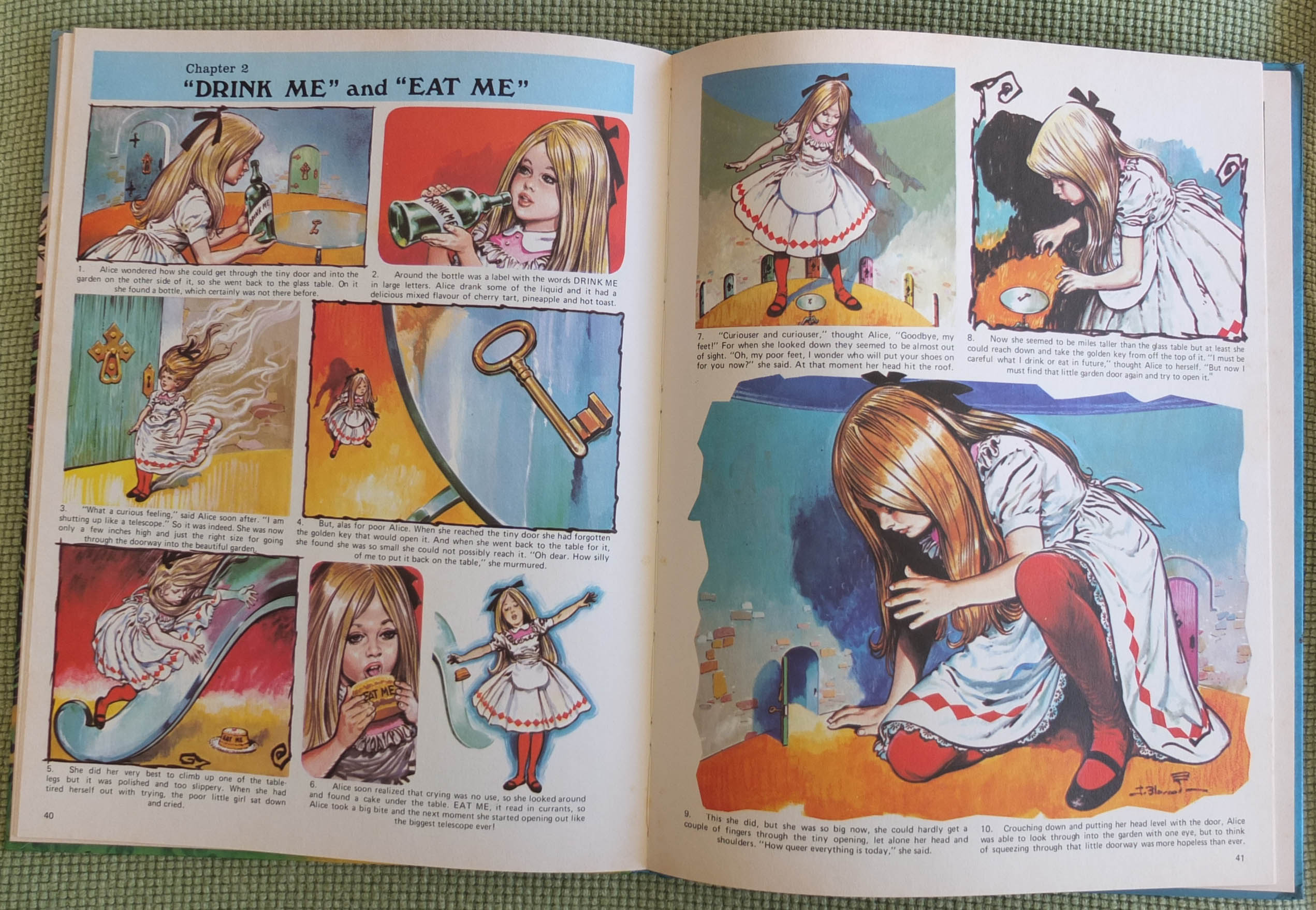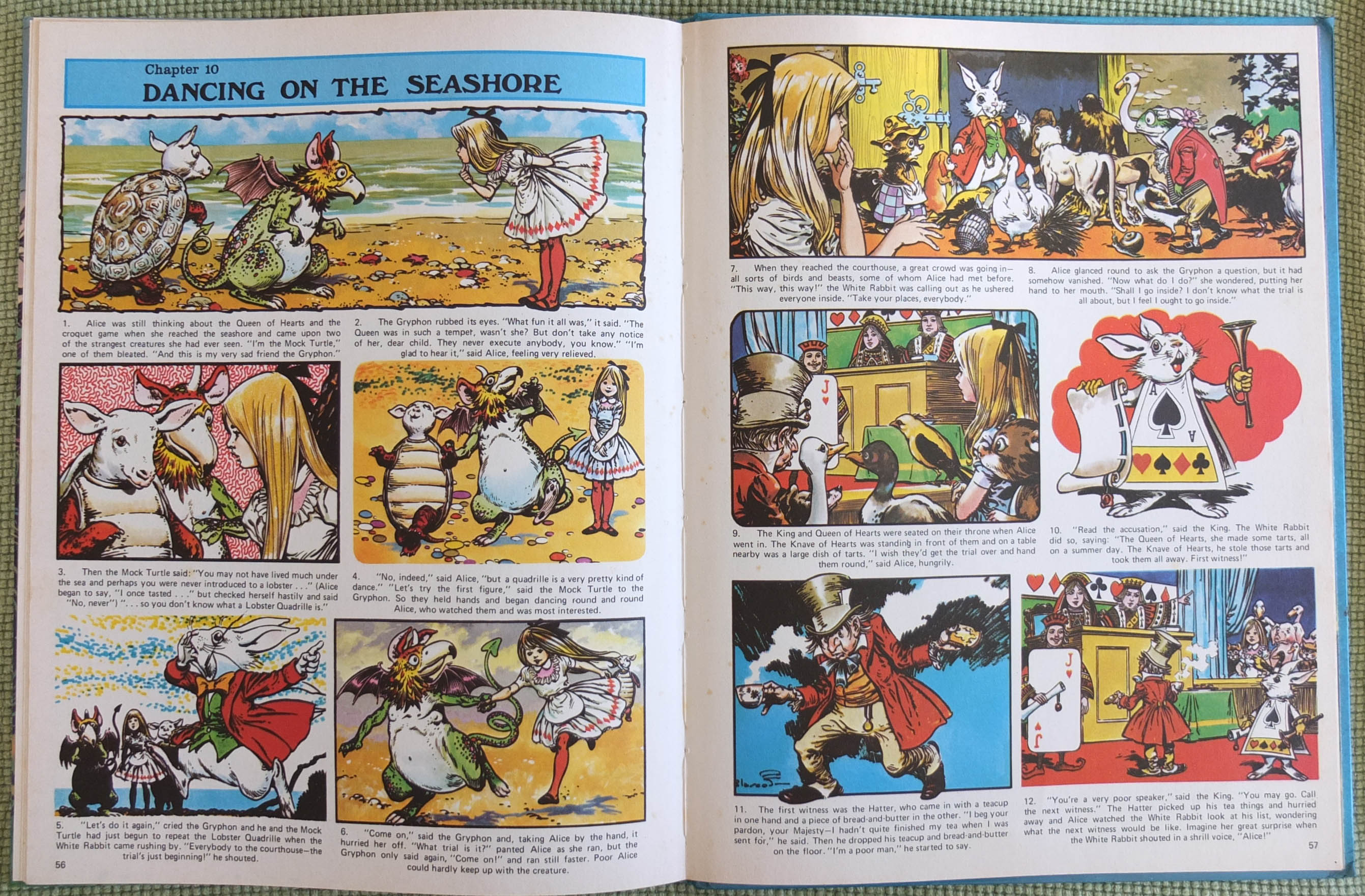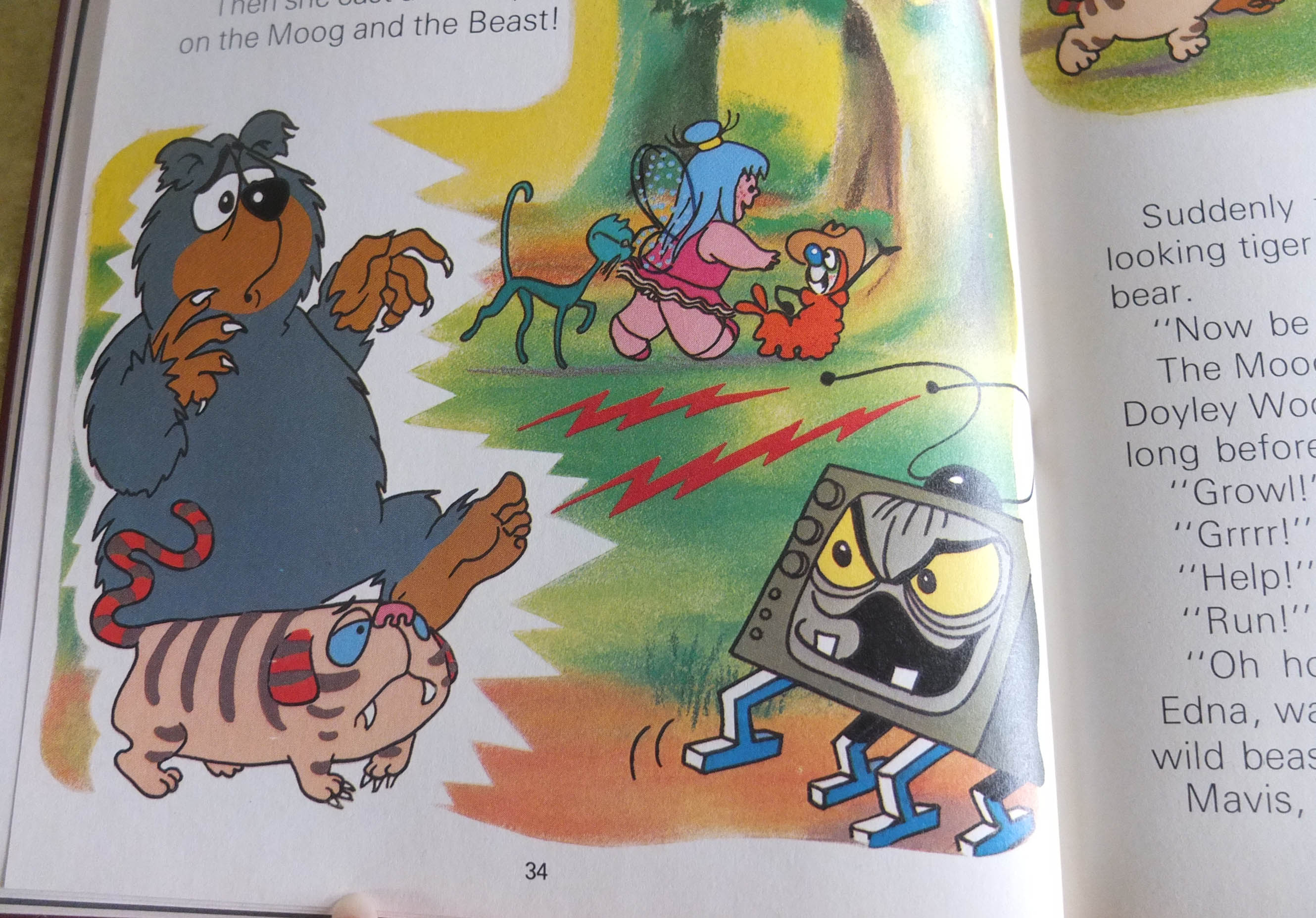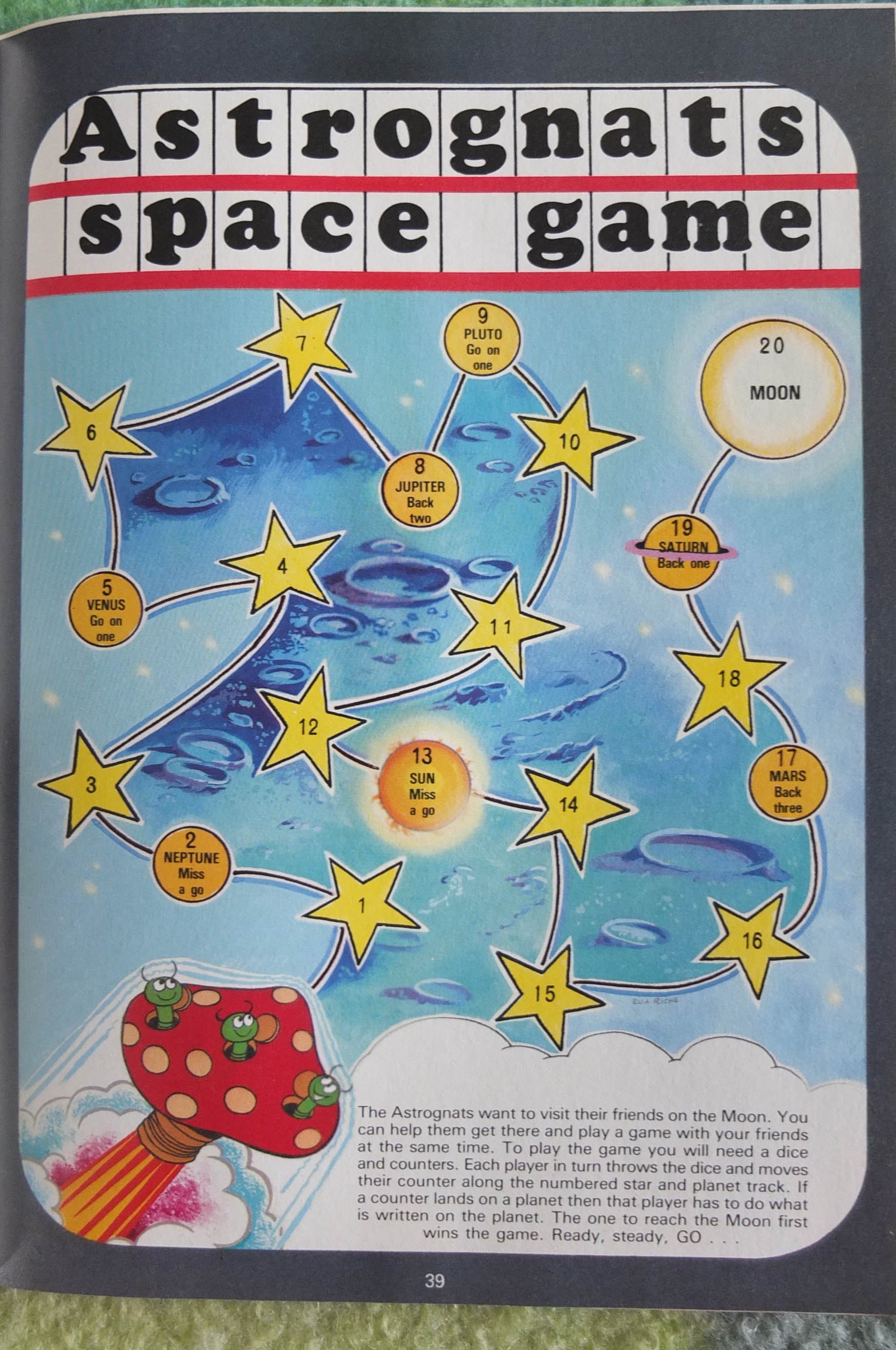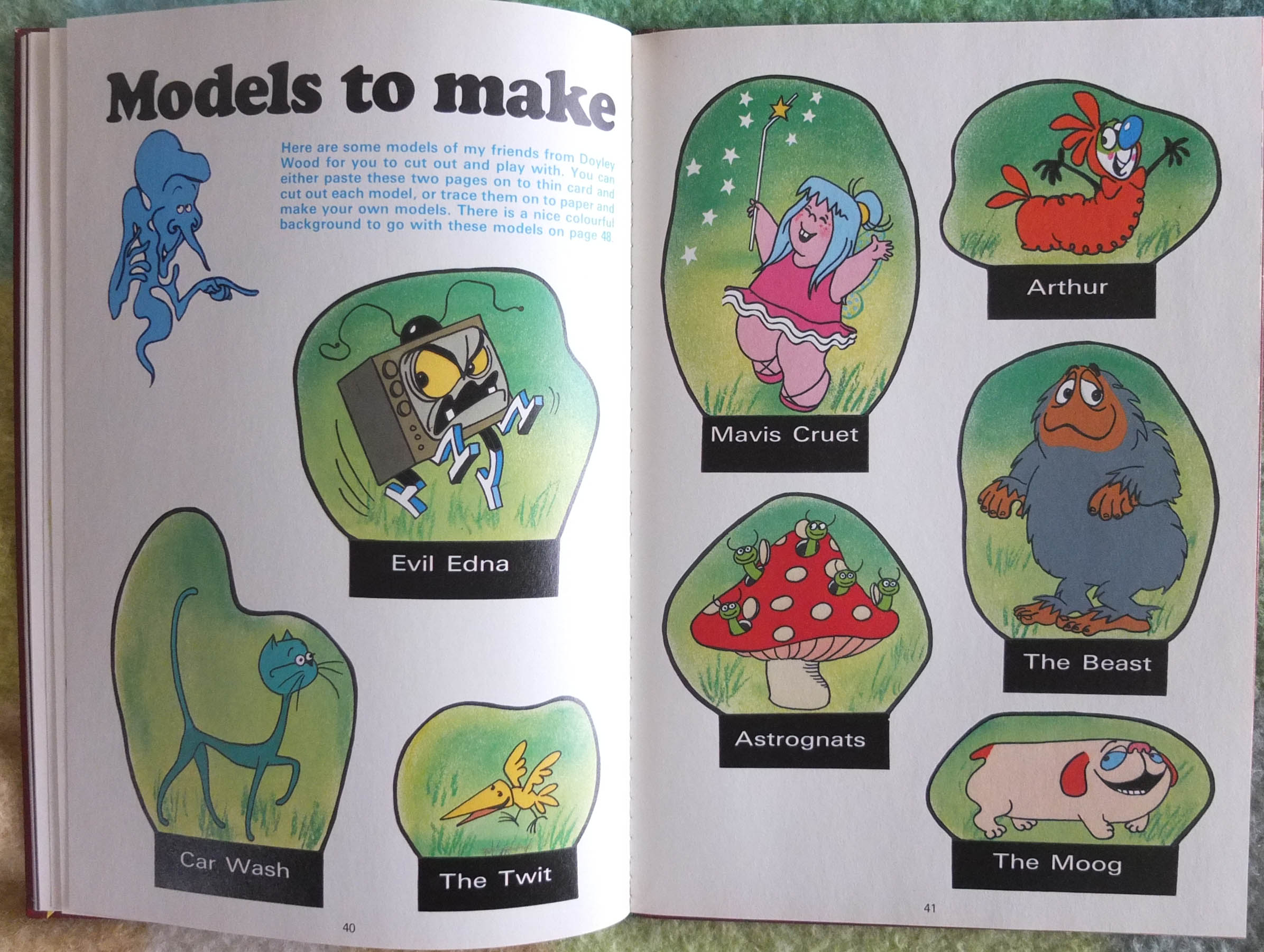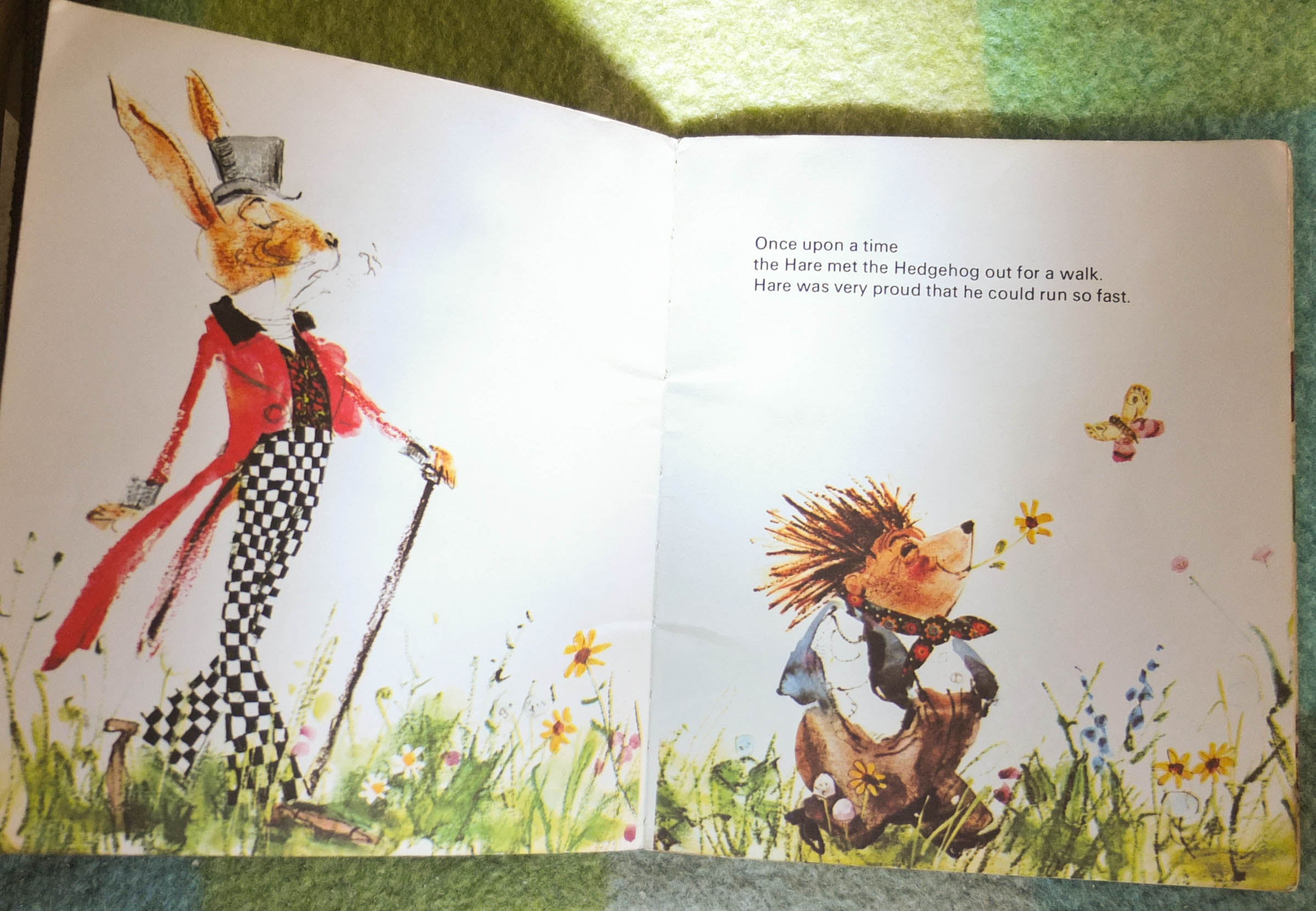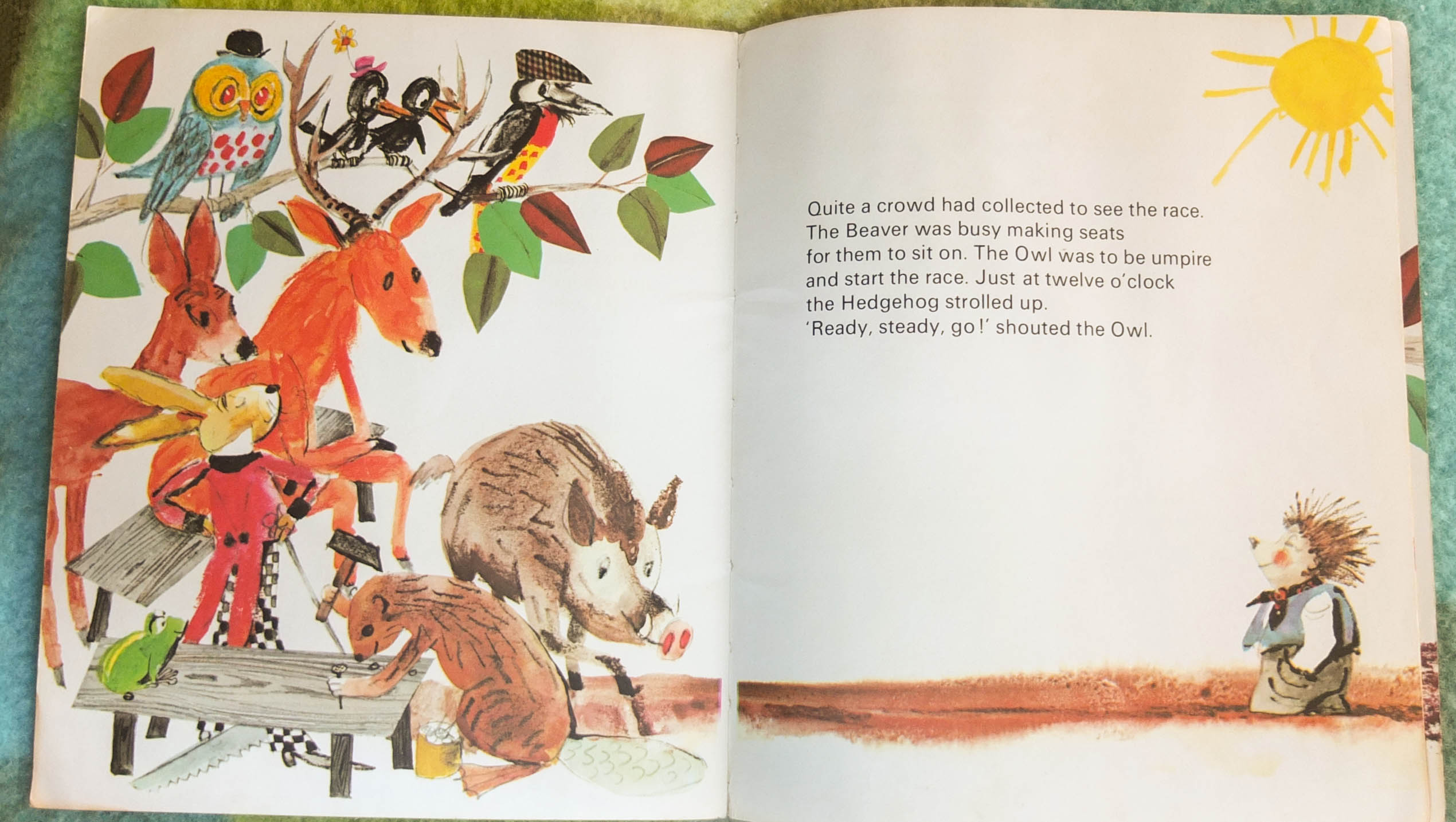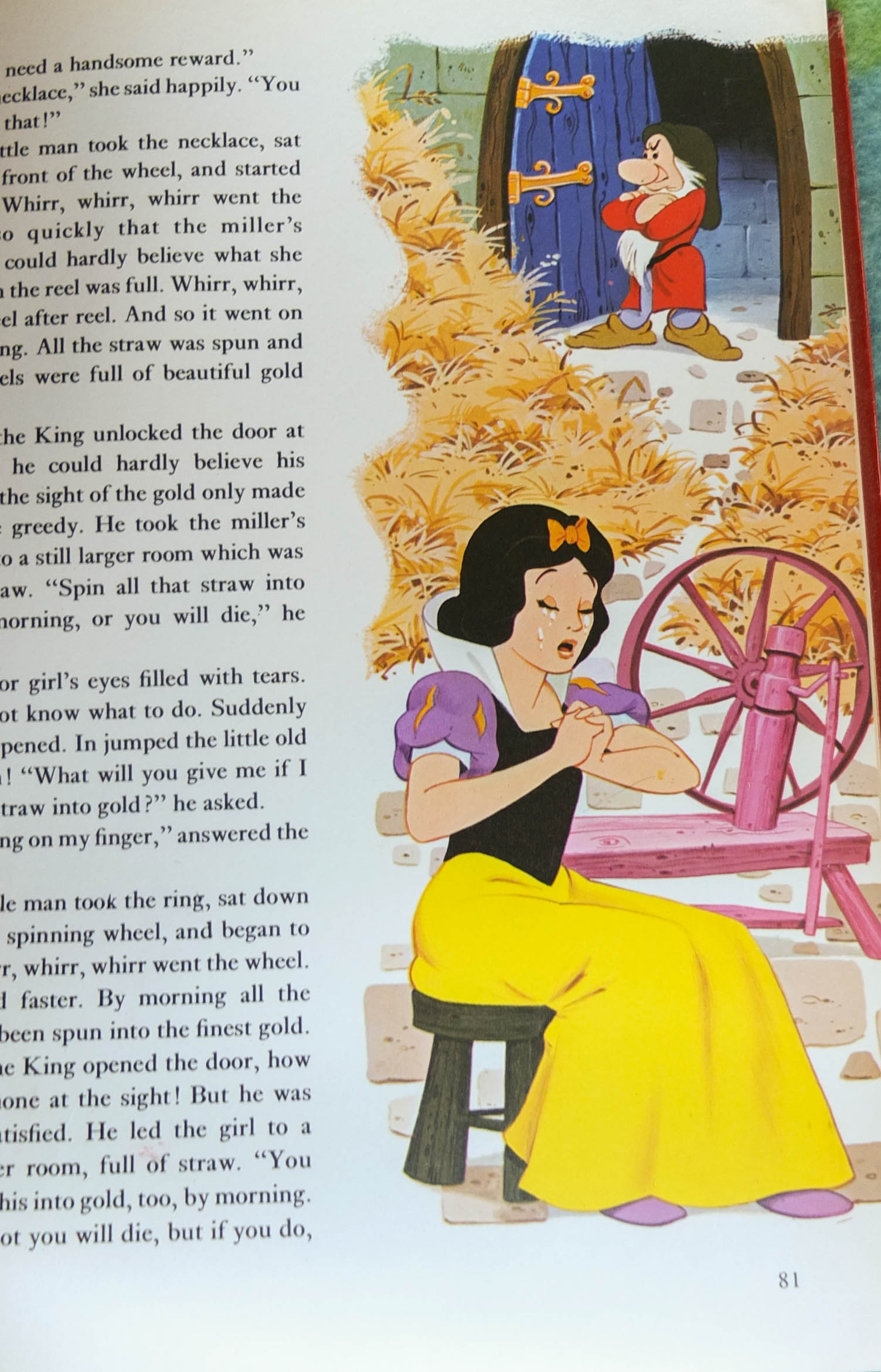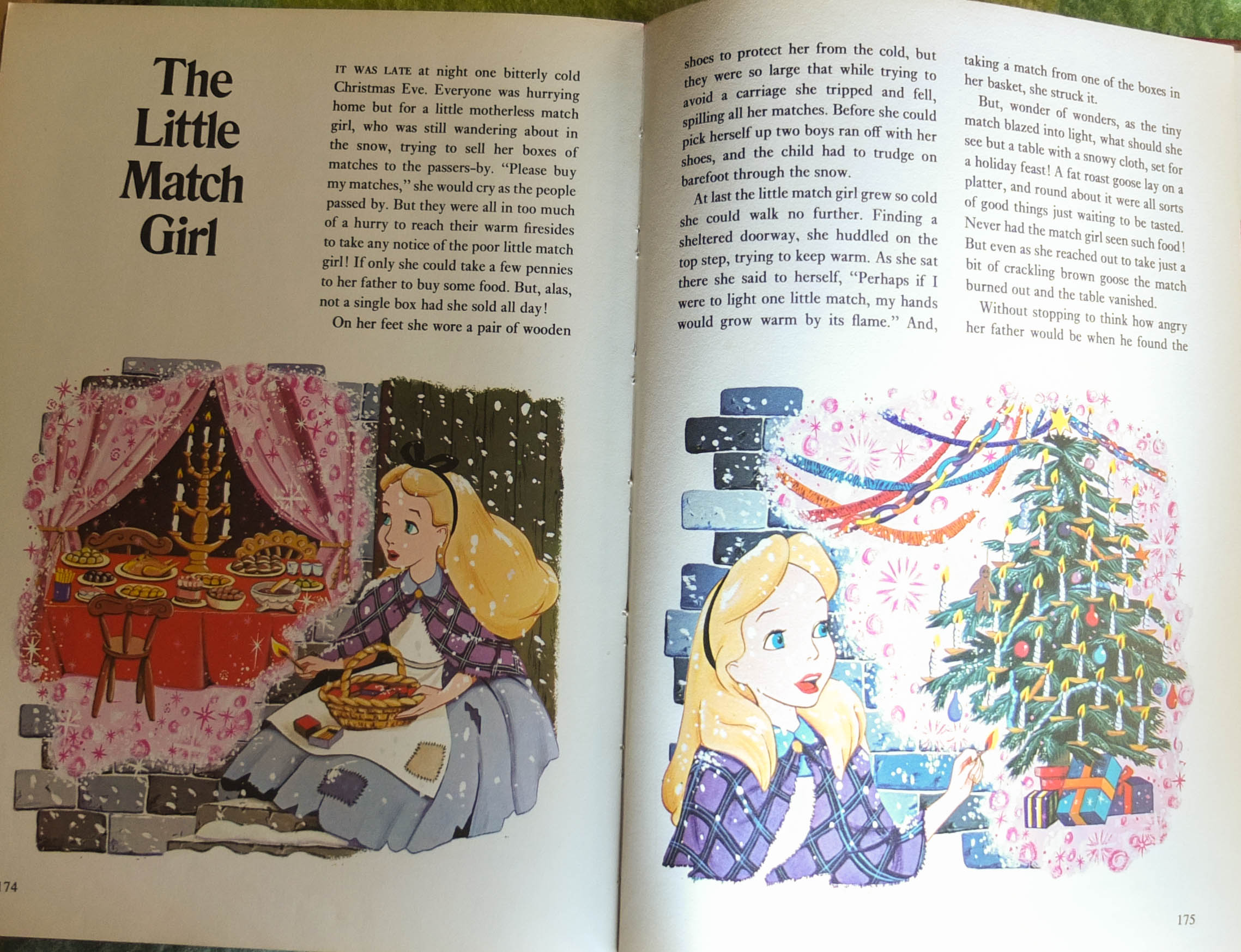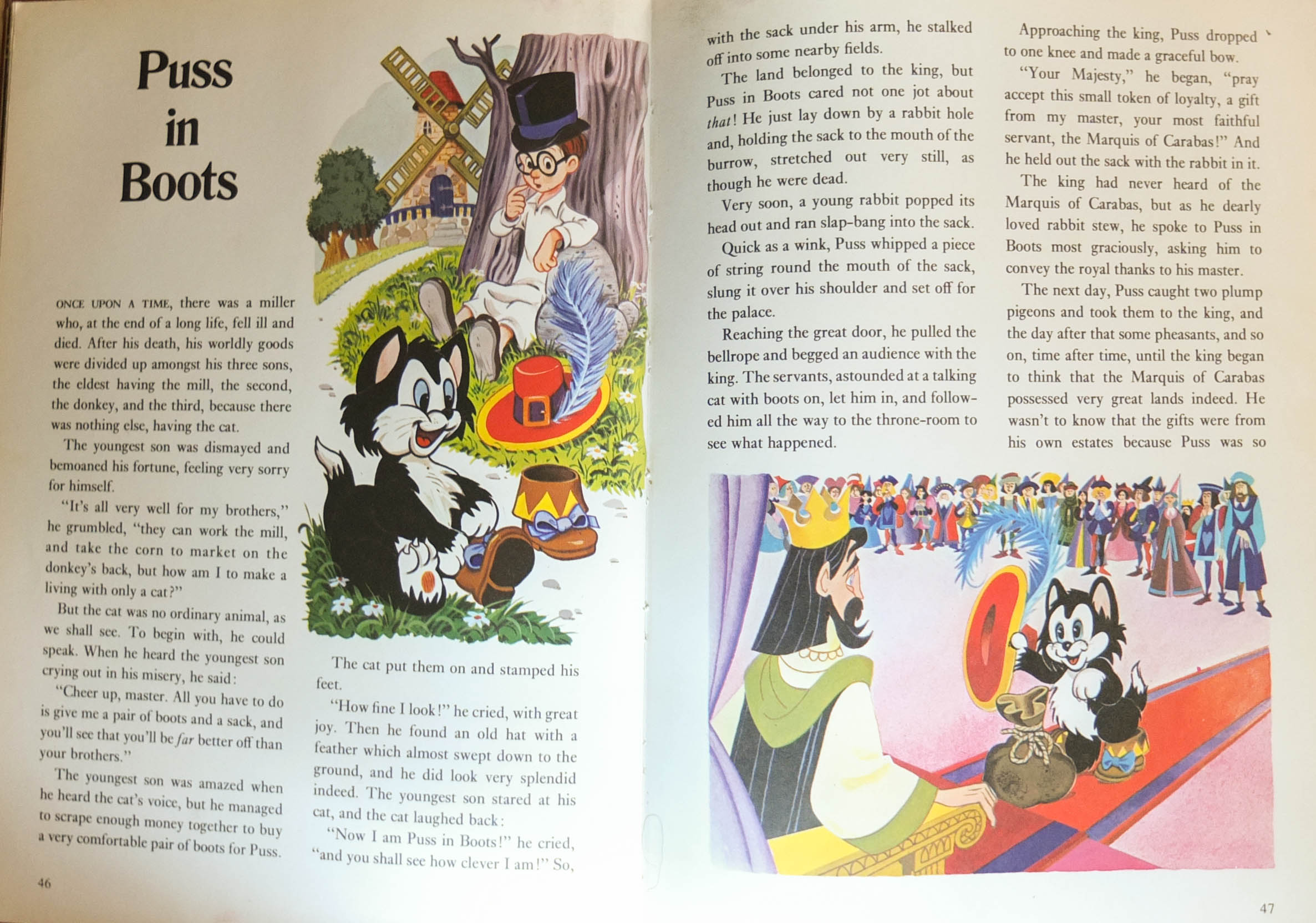
Here are some of my tips for proofreading for self-publishers:
1. Don’t do it yourself unless you absolutely have no choice. I’m not saying this because it’s (part of) what I do for a living and so I would say that, wouldn’t I. I’m saying it because proofreading is hard, and proofreading your own work is harder. It’s harder because you’ve cut and pasted and reworked and reworded and deleted and added and changed … and you know your work intimately – or at least you think you know your work intimately.
A small example: you know you wrote, ‘The milkmaid went to the dairy to make some cheese’, but what you don’t know is that your fingers accidentally typed, ‘The milkmaid went to the diary…’, but your brain ever-so helpfully decided ‘close enough’ so you don’t notice the error when you read it back over. Your readers (pre-publication or otherwise) are coming to it fresh, so their brains might go, ‘Hang on a minute here – that says “diary” – surely a milkmaid would go to a dairy? This word must be wrong.’ Or they might not – brains are funny like that. Then your reader points out (sometimes in rather sneery and sarcastic tones that you wrote diary instead of dairy, and then you can’t see anything but diary and wonder how on earth you managed to let that obvious, glaring error slip though, and you berate yourself for days for your stupidity (or maybe that’s just me). But it’s just a result of your brain trying to be helpful. In fact, it’s also pretty hard for an experienced proofreader to pick up these kinds of errors because we are generally experienced readers too. Once we have got past the learning-to-read stage we don’t read every letter in every word because our brains fill in the gaps. Training yourself to see what is actually there is tough. Proofreading is like doing a puzzle with no answers.
And spelling’s not the only thing you have to look out for. What about consistency, missing words, punctuation, grammar, continuity errors and typographic conventions? Are you really super-hot on when to use its and it’s and there, their and they’re?
2. If you can hire professional services it really is a good idea. If you can’t or won’t, ask your best friend/significant other (or better still several best/friends significant others) to read your work. The more eyes you have on it the better. (Although be aware that it is a big ask of a friend to read your extended reworking of War and Peace set in the Star Trek universe in their spare time, and for the reasons noted above don’t expect your friend to pick up every error either.) Even if you do hire a professional have as many friends and family as possible read it.
3. Use a spellchecker to pick up the obvious typos – there is no excuse for ‘ebst’ or ‘freind’. Be careful, though, because it won’t pick up a correctly spelled word in the wrong context (see above, and also note from/form, you/your, breath/breathe) or variant spellings such as leant and leaned (see below). Make sure it’s set for the right language – UK and US English have some spelling differences – the missing ‘u’ in US spellings of words like colour, for example. Some spellcheckers can search for duplicated words – another common error. I wouldn’t advise auto-correct unless you really know what you’re doing.
4. Try to keep your spellings consistent. Common variant words are leant/leaned, learnt/learned, burnt/burned, cafe/café, and words with ‘ise’ or ‘ize’ endings (e.g. realise/realize). Compound words should be consistently hyphenated or one word. ‘Search-and-replace’ comes in very handy here. Decide which spelling you are going with and run searches for the variant you don’t want. Don’t forget with ise/ize spellings you also have to look for realisation and realising. But don’t click ‘replace all’ unless you are really sure that your replacement is correct.
5. Try reading the text aloud or at least in your head. It can really help if your mind starts to wander – which it will. If you notice your mind has wandered, go back a few lines and re-read.
6. I work on a laptop, paper printout or an iPad when I’m editing – it’s hard to read sitting at a desktop computer. I often tap each word with my pen or stylus as I’m reading aloud in my head (sometimes I actually read aloud). This can help you spot missing words. We often miss out small words like ‘a’, ‘to’ or ‘he’ and forget to end our sentences with full stops and/or closing speech marks.
7. Think about continuity. Errors often occur during your redrafts. Check that dates, ages and expressions of passing time tally up. Check that your blonde, blue-eyed heroine doesn’t suddenly have jet-black curls – unless she’s showing you her new wig. Pay close attention to your characters’ names and locations. Names tend to change during the editing process, and it’s really easy to accidentally leave in an old name.
8. If you find an error, re-start your reading from a couple of lines before. In all the ‘excitement’ of spotting a typo you could easily miss another error close to it. We have a tendency to imagine that errors are somehow uniformly spread out, but, of course, they aren’t.
9. If you’re proofreading a print book you also have to look out for things such as short or single-word lines at the tops of pages, words hyphenated across pages, words stacking at the end of lines. You have to check for consistent use of page numbers, check the running heads (if you have them) contents pages, copyright details and ISBNs…
10. If you can, ask your best friend/significant other (or better still several best/friends significant others) to read it too. The more eyes you have on it the better. (I know I’m repeating myself but it really is the most important thing.) And if you are having your work professionally typeset, try to pick up as many errors as you can before it’s set. Once it’s been typeset it’s unlikely you’ll be able to make changes without asking your typesetter to do it, which will probably cost you extra.




